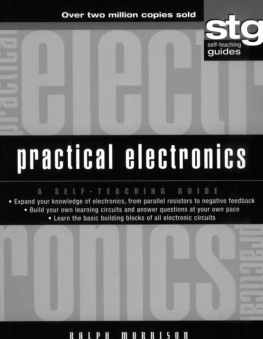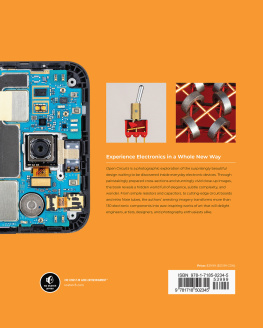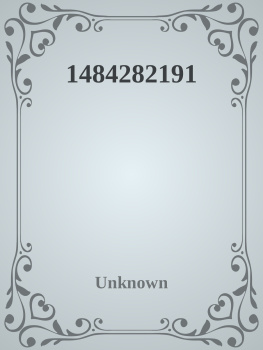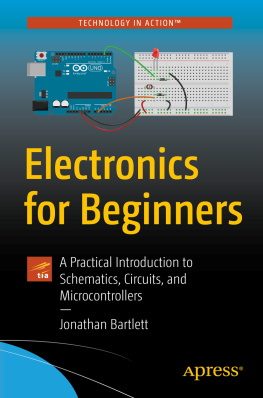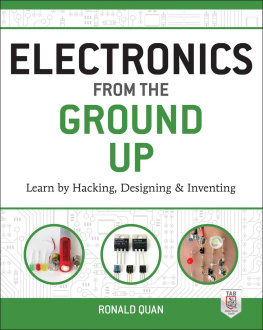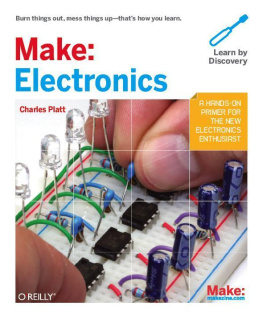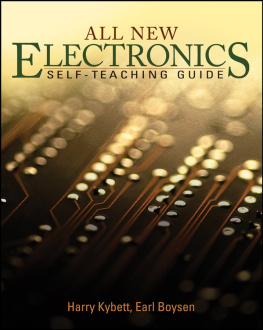Ralph Morrison - Practical Electronics: A Self-Teaching Guide
Here you can read online Ralph Morrison - Practical Electronics: A Self-Teaching Guide full text of the book (entire story) in english for free. Download pdf and epub, get meaning, cover and reviews about this ebook. year: 2003, publisher: Wiley, genre: Children. Description of the work, (preface) as well as reviews are available. Best literature library LitArk.com created for fans of good reading and offers a wide selection of genres:
Romance novel
Science fiction
Adventure
Detective
Science
History
Home and family
Prose
Art
Politics
Computer
Non-fiction
Religion
Business
Children
Humor
Choose a favorite category and find really read worthwhile books. Enjoy immersion in the world of imagination, feel the emotions of the characters or learn something new for yourself, make an fascinating discovery.
- Book:Practical Electronics: A Self-Teaching Guide
- Author:
- Publisher:Wiley
- Genre:
- Year:2003
- Rating:3 / 5
- Favourites:Add to favourites
- Your mark:
Practical Electronics: A Self-Teaching Guide: summary, description and annotation
We offer to read an annotation, description, summary or preface (depends on what the author of the book "Practical Electronics: A Self-Teaching Guide" wrote himself). If you haven't found the necessary information about the book — write in the comments, we will try to find it.
What is a semiconductor? How do you lay out circuits to avoid noise and interference? What do inductors and transformers have in common? How does a coaxial cable carry power to an antenna? With Practical Electronics: A Self-Teaching Guide, youll discover the answers to these questions and many more about the basics of electricity and electronic components.
Thoroughly researched for our digital age, this easy-to-use guide makes familiar the workings of transistors, capacitors, diodes, resistors, integrated circuits, and more. Electronics expert Ralph Morrison starts you off with two of the simplest electronic components, showing you how to combine them into circuits and then add more components to create more complex circuits. He includes detailed learning circuits, which are electronic circuits you can build yourself, even if you have had no prior electronics experience. The clearly structured format of Practical Electronics makes it fully accessible, providing an easily understood, comprehensive overview for everyone from the student to the engineer to the hobbyist.
Like all Self-Teaching Guides, Practical Electronics allows you to build gradually on what you have learned-at your own pace. Questions and self-tests reinforce the information in each chapter and allow you to skip ahead or focus on specific areas of concern. Packed with useful, up-to-date information, this clear, concise volume is a valuable learning tool and reference source for anyone who wants to improve his or her understanding of basic electronics.
Ralph Morrison: author's other books
Who wrote Practical Electronics: A Self-Teaching Guide? Find out the surname, the name of the author of the book and a list of all author's works by series.

